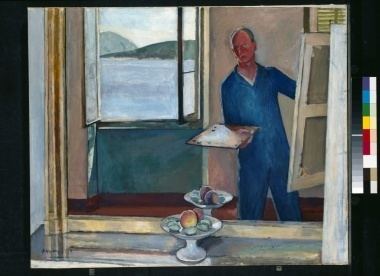Name Jean Heiberg | ||
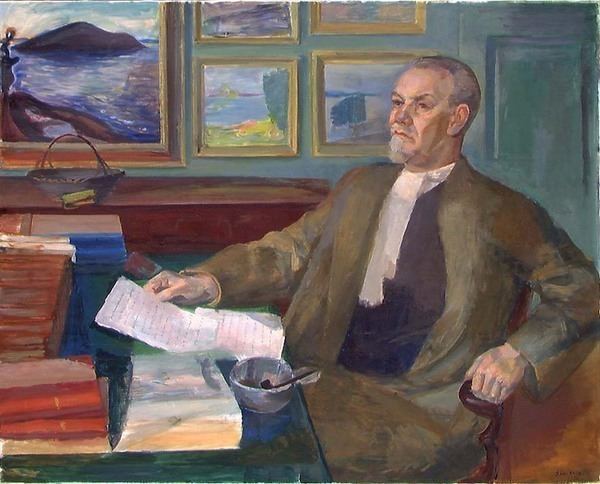 | ||
Died May 27, 1976, Oslo, Norway | ||
Jean Hjalmar Dahl Heiberg (19 December 1884 – 27 May 1976) was a Norwegian painter, sculptor, designer and art professor.
Contents
Personal life
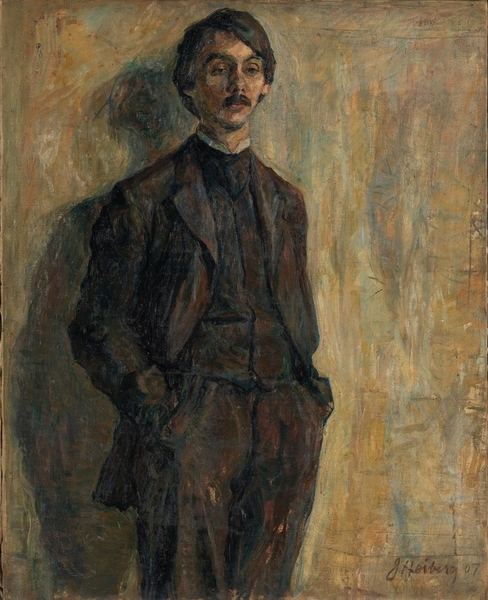
Heiberg was born in Kristiania to Hjalmar Heiberg and Jeanette Sofie Augusta Dahl. Both his father and grandfather were professors of medicine. His mother died of puerperal fever one week after his birth.
Heiberg's first wife (from 1913 to 1920) was sculptor Sigri Welhaven. In 1922 he married painter Agnes Mannheimer, who died in 1934. In 1954 he married Anna Clev.
Career

Heiberg finished his secondary education at Hamar in 1903. He studied at Den kgl. Tegneskole in Kristiania from 1903 to 1904, and in Munich from 1904 to 1905. He studied at Academie Colarossi in Paris in 1905. After a period in Kristiania, he moved to Paris again, and was a student of Henri Matisse from 1908 to 1910. After his marriage in 1913, the couple stayed in Rome and Firenze the following year.
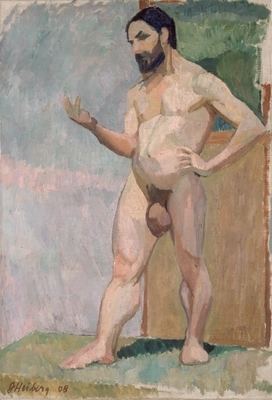
Among Heiberg's paintings are Boksekamp from 1910 and Enken from 1915, which both are located in National Gallery of Norway. Other paintings include Mor og barn and Eftasvael, both from 1916. His self-portrait Selvportrett ved staffeliet is also located at the National Gallery. He is represented at the National Gallery with a total of 30 paintings and several sculptures. Among his bronze sculptures are Helge from 1925 and Hode from 1928. In the 1920s he also designed pieces of furniture. In the early 1930s he co-designed a telephone for Elektrisk Bureau. It was claimed as the world's first "hookless" bakelite telephone, that is the first telephone where the cradle, or receiver hook, was integrated into the all-bakelite body. The phone went into production in 1932 as the Ericsson model DBH1001. The engineering design of this model was made by Johan Christian Bjerknes, while Heiberg was responsible for the stylistic design.
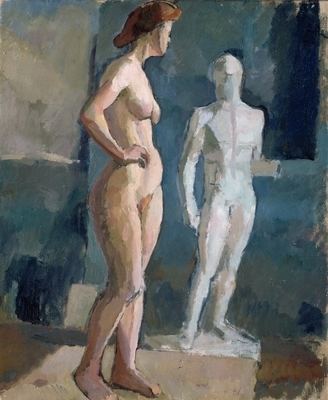
Heiberg was appointed professor at the Norwegian National Academy of Fine Arts from 1935 to 1955, except during the occupation of Norway by Nazi Germany, when he was fired in 1941. From autumn 1941 he was secretly running an undercover art academy in Oslo, together with fellow professor Axel Revold. Their academy was called "The Factory" (Norwegian: Fabrikken), as its first location was in a closed corset factory. They were later located at Lauritz Falk's home and at Johannes Sejersted Bodtker's atelier at Holmenkollen. Heiberg was director of the Norwegian National Academy of Fine Arts from 1946 to 1955. In 1956 he was decorated Commander of the Royal Norwegian Order of St. Olav.
